Clemson-class destroyer
The Clemson- and Wickes-class were a series of 267 (156 Clemson-class and 111 Wickes-class) destroyers which served primarily with the United States Navy from World War I through World War II. These classes along with the preceding Caldwell-class were collectively known as the Town-class in British and Canadian service.
Authorized by the Naval Appropriation Act of 1916, which called for a powerful Pacific and Atlantic fleet, the Wickes and Clemson classes were meant to screen the larger vessels of the navy with an initial order of 50 Wickes-class destroyers, though this was increased in response to the threat of U-boats, with a total of 267 ships of the two classes being built, though only a few were finished in time for World War 1. In the interwar period, many ships were converted for various other roles, such as minelayers or transports.
In 1940, under the Destroyers for Bases Agreement, the US transferred 50 Caldwell, Wickes, and Clemson-class destroyers to the British Navy in exchange for bases in North America and the West Indies, these 50 destroyers would then be collectively referred to as the Town-class. The most famous exploit of the class was done by HMS Campbeltown on the 29 March 1942, where disguised as a German ship and loaded with explosives, rammed the dock gates of the Normandie dry dock at St Nazaire and exploded, putting the only dry dock on the Atlantic capable of repairing the German battleships out of action for the rest of the war.

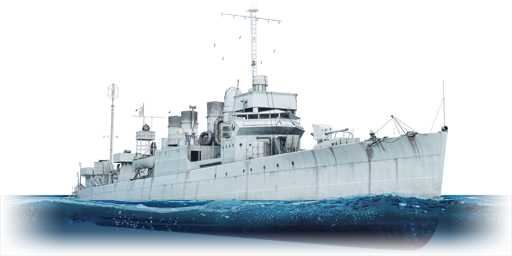

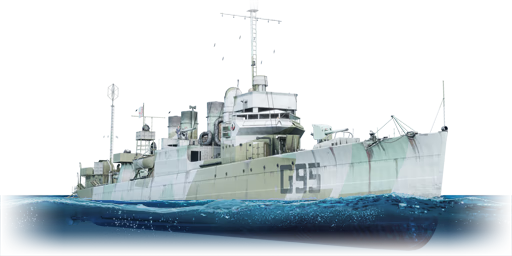
 HMS Montgomery
HMS Montgomery

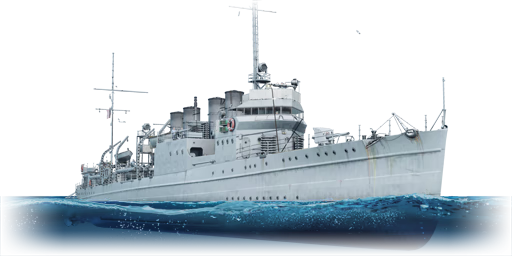

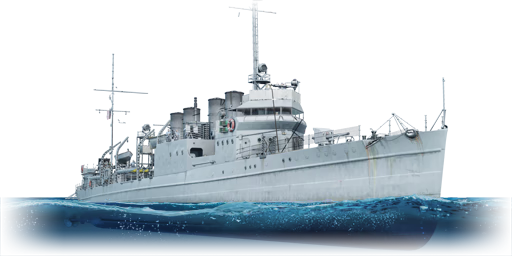

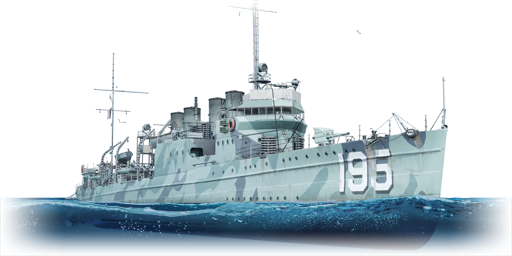
 USS Welborn C. Wood
USS Welborn C. Wood